How to Use the Glycemic Index to Choose the Best Pre- and Post-Workout Meals
The glycemic index essentially ranks foods based on how much of an impact it will have on your blood sugar levels. High GI foods, like white bread and table sugar, can cause a big spike in blood sugar levels, while low GI foods like chickpeas will have a less dramatic effect—which can help with regulating energy and mood.
While such food choices are important in your day-to-day life, it can be crucial to your fitness goals, too. We asked a registered dietitian exactly what you should be eating before and after your workouts for the best results, according to the glycemic index.
What to eat before workouts
While there's been limited research on the impact of a low glycemic index diet on exercise, some registered dietitians believe it could be beneficial for certain types of athletes. "A small study in Nutrients on endurance runners eating a high-carb, low glycemic index diet for three weeks showed improvement in athletic performance for the runners," says Amy Gorin, MS, RDN, owner of Amy Gorin Nutrition in the New York City area.
The study Gorin references looked at the effects of a low glycemic index diet on 21 men. "After eating the low glycemic index diet [for three weeks], the runners lasted longer on the cycling-to-exhaustion test and covered significantly more ground on the 12-minute running test," reports Runner's World.
Gorin also points out that what you're eating with your high GI foods is important, too. "Before a hard workout, it’s important to have some protein and carbs so amino acids are made available to your muscles—and so your body won’t break down your muscles for protein," she says. She recommends focusing on proteins paired with a low glycemic index carbohydrate, such as a "cup of pasta, plus olives for healthy fat, spinach, and tomato," about two to three hours before you exercise.
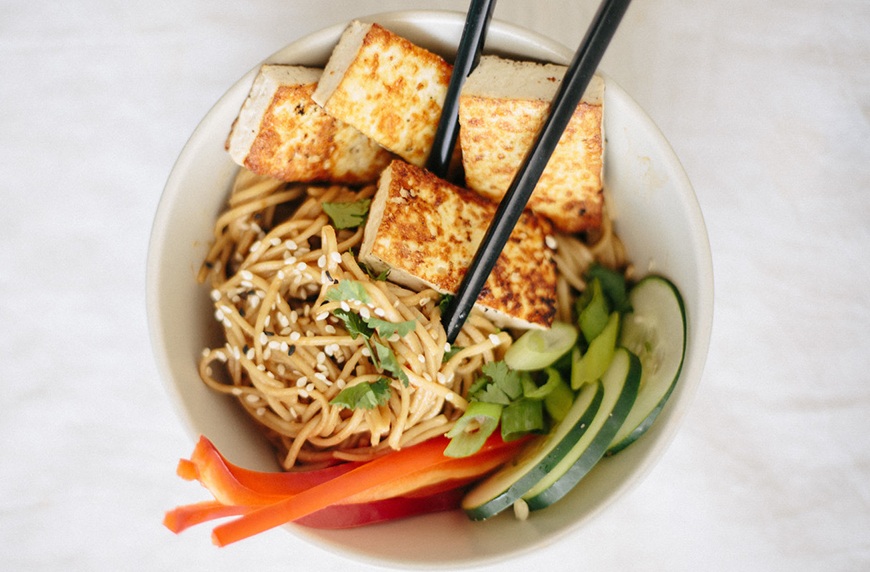
1. Soba noodle bowls with tofu and peanut sauce
A cup of non-white pasta, hearty protein like tofu, and veggies will do your body good pre-workout.
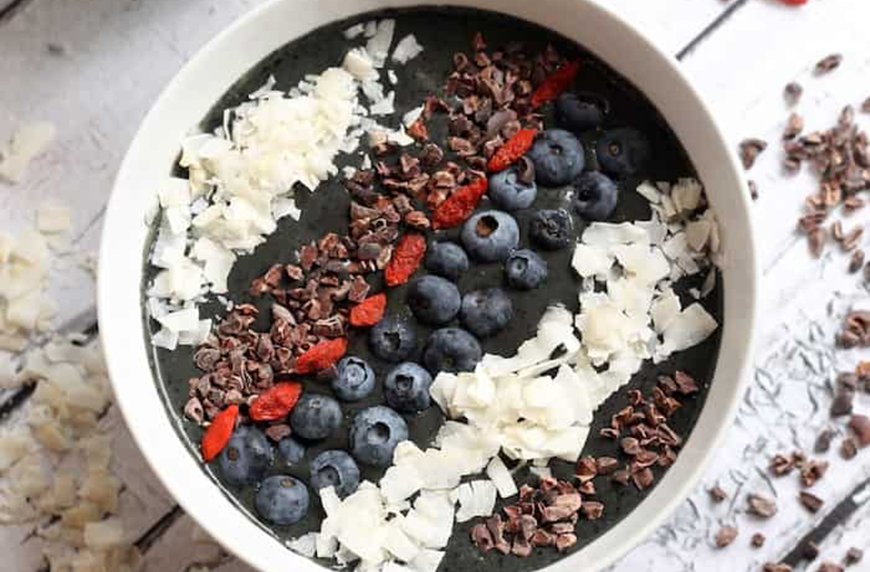
2. Blueberry cacao smoothie bowl
This smoothie bowl is loaded with filling plant-based protein, berries, spinach, and healthy fats like hemp seeds and avocado.
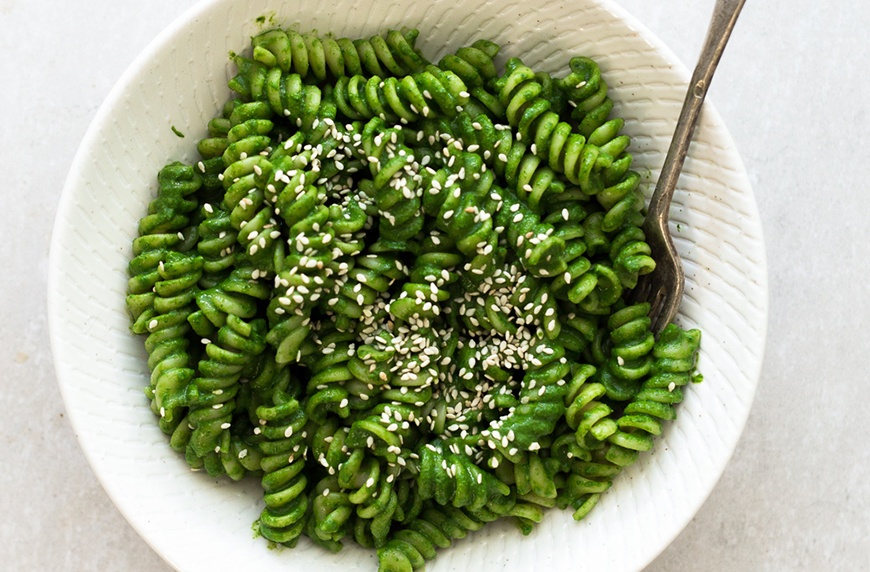
3. Miso pesto pasta
You'll feel like Popeye after devouring this bowl of pasta smothered in baby spinach.

{{post.sponsorText}}
What to eat after workouts
While high-carb, low-glycemic options are great pre-workout choices, meals with foods high on the glycemic index could be a better fit after.
In addition to the increased endurance, the small study in Nutrients found that participants who ate high glycemic index meals opposed to low glycemic index meals after exercising had improvements in how long they slept and how well they slept following the workouts, explains Gorin.
"After a hard workout, it’s very important to take in protein and carbs so that your muscles are able to repair and build strength. If you're looking to eat a medium to higher glycemic index meal, you could go for instant rice with beans, plus chocolate milk blended with a banana and peanut butter," she says. "You would want to time a meal 30 minutes to 2 hours after a workout."
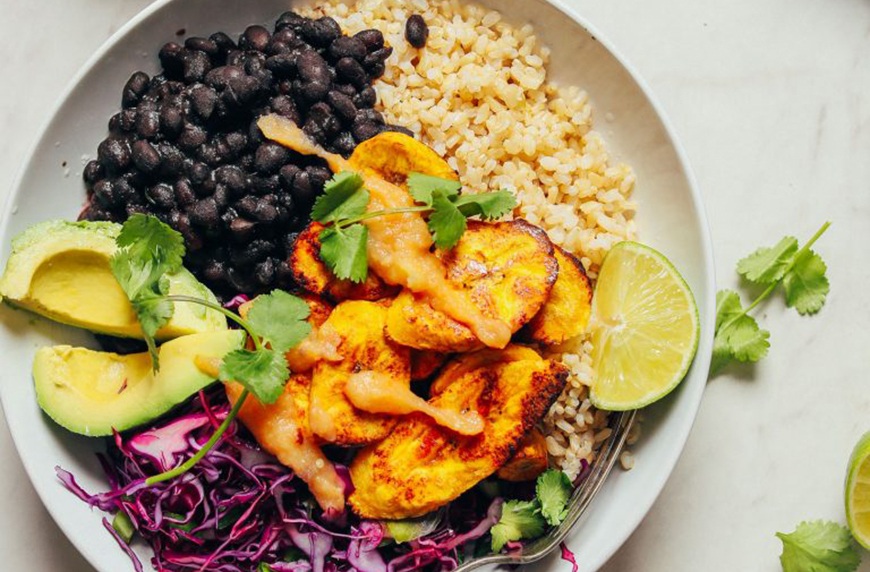
1. Roasted plantain and black bean bowl
This recipe has everything you could want in a post-workout meal, including plenty of rice and beans.
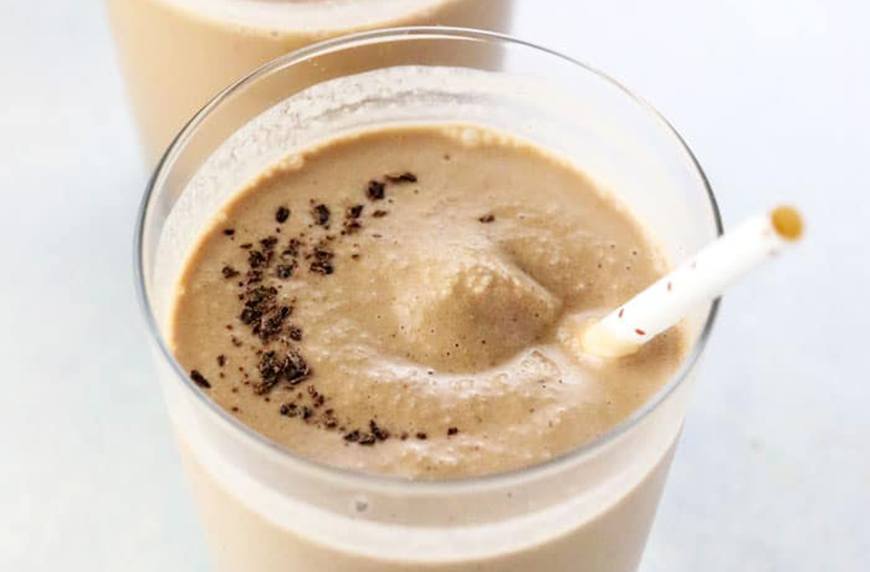
2. Chocolate peanut butter banana smoothie
Refuel with a chocolate, PB, and banana smoothie that looks like a creamy milkshake.
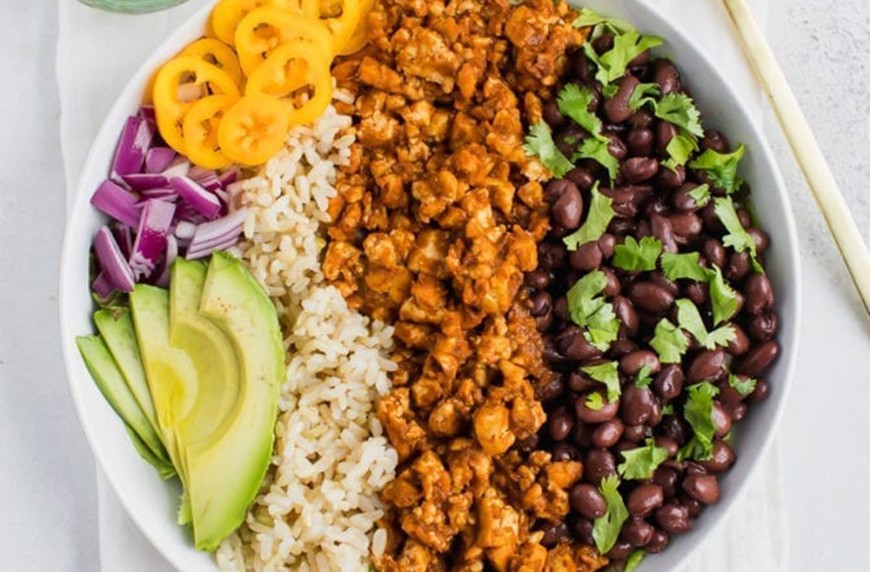
3. Copycat Chipotle tofu sofritas burrito bowls
Here's your excuse to end your workout with a hearty burrito bowl.
For more healthy eating tips, find out the 10 cheap and nutritious foods a registered dietitian always snags at Whole Foods. Then read up on the brain foods a neuroscientist wants you to eat every day.
Loading More Posts...